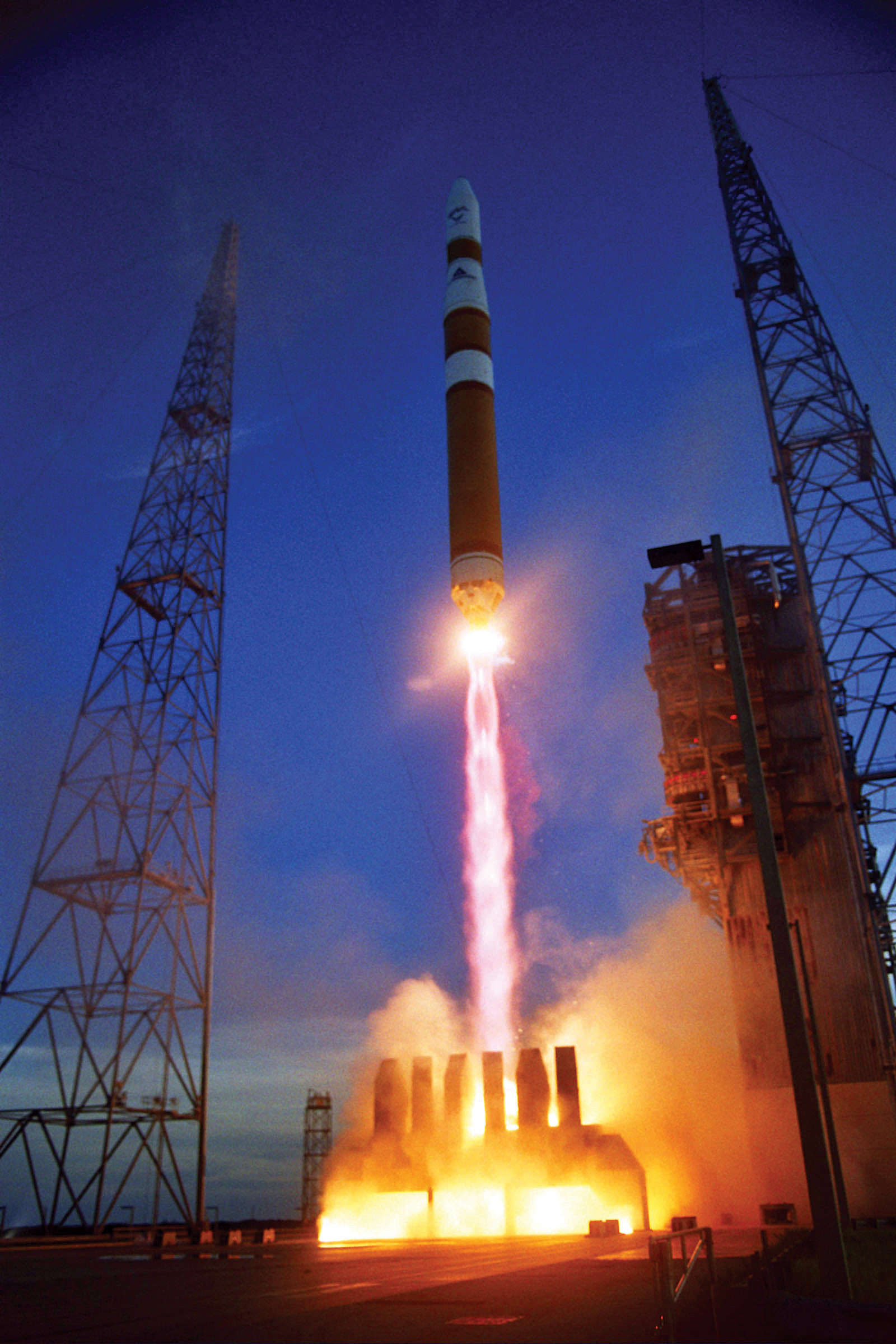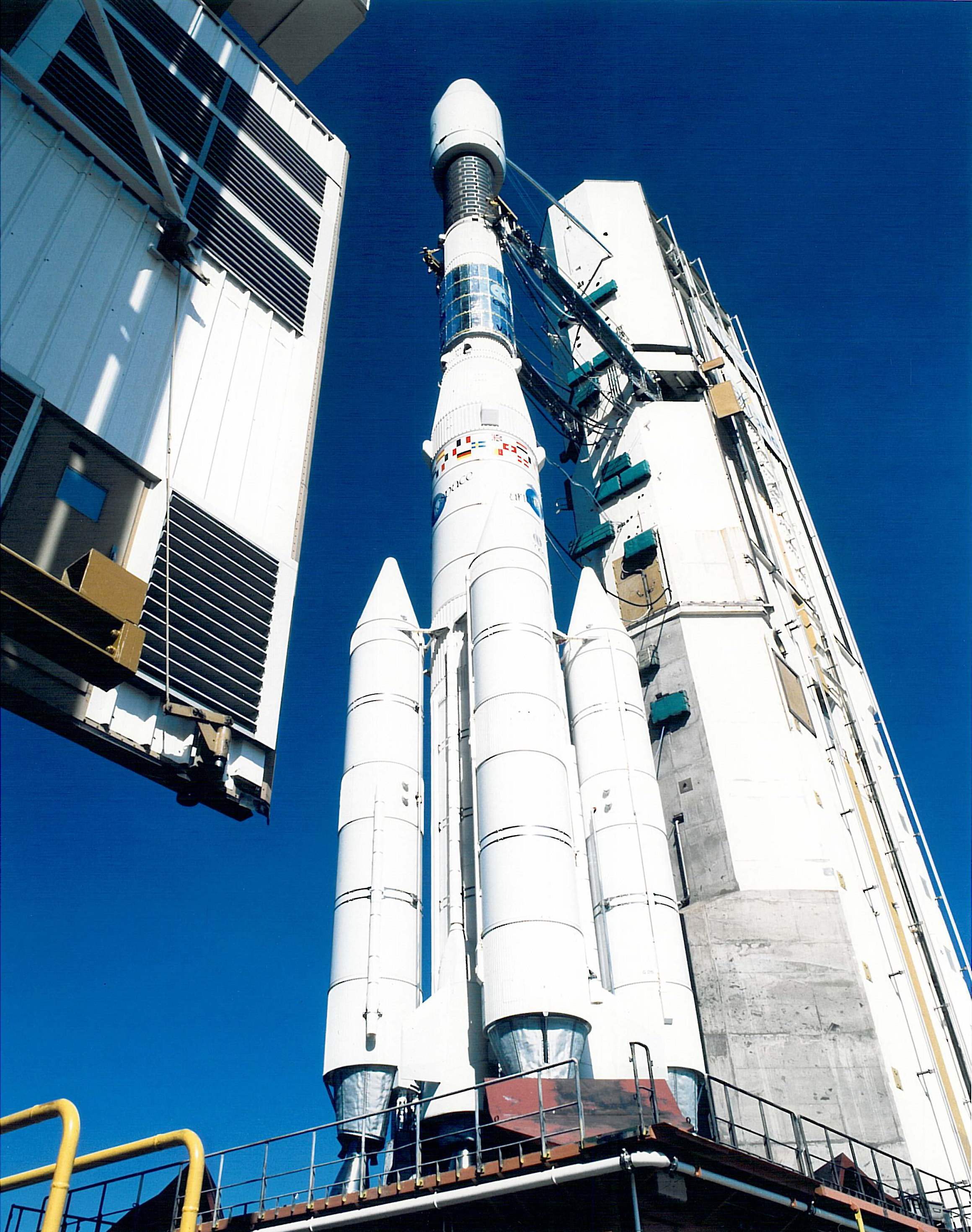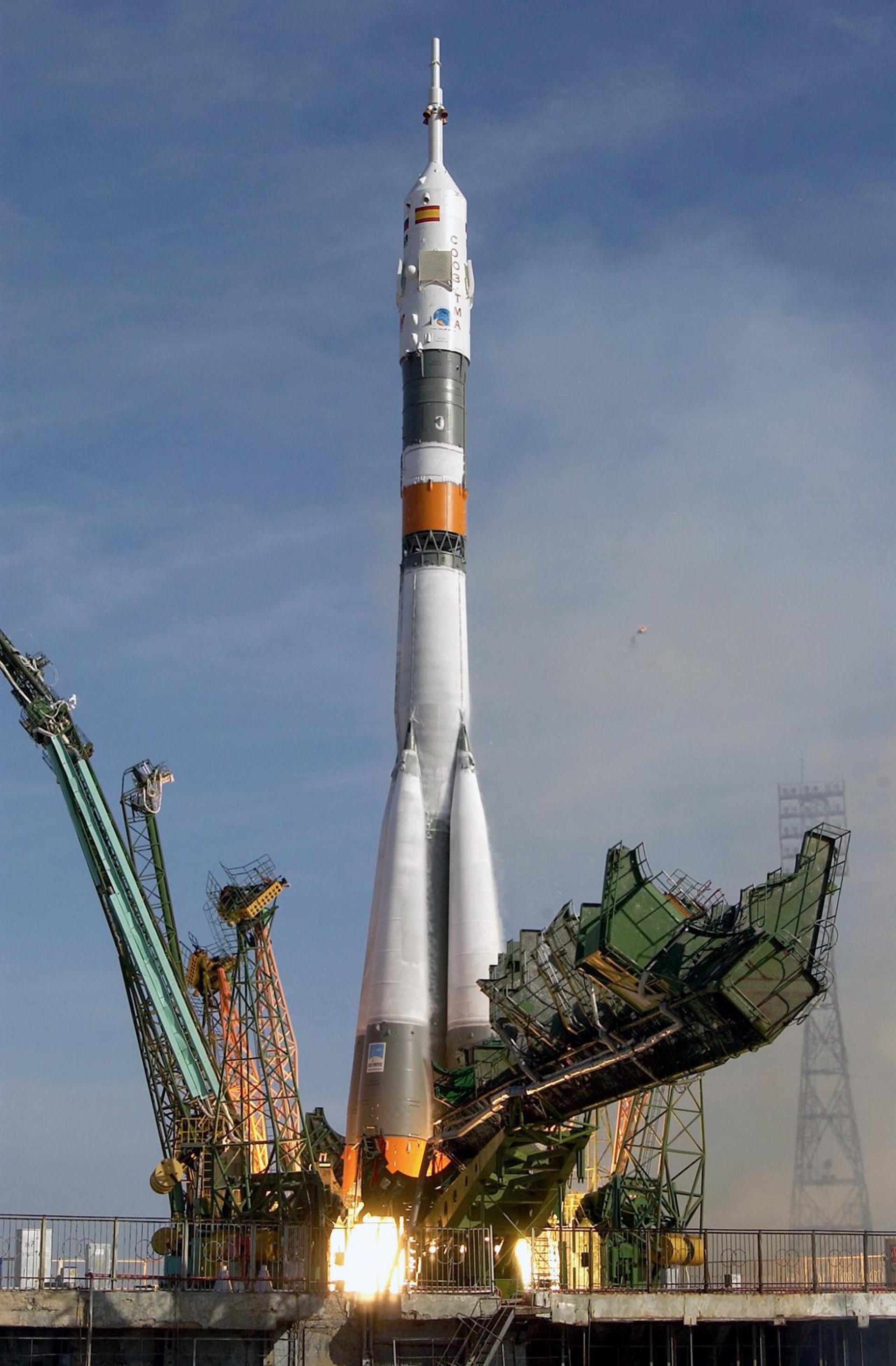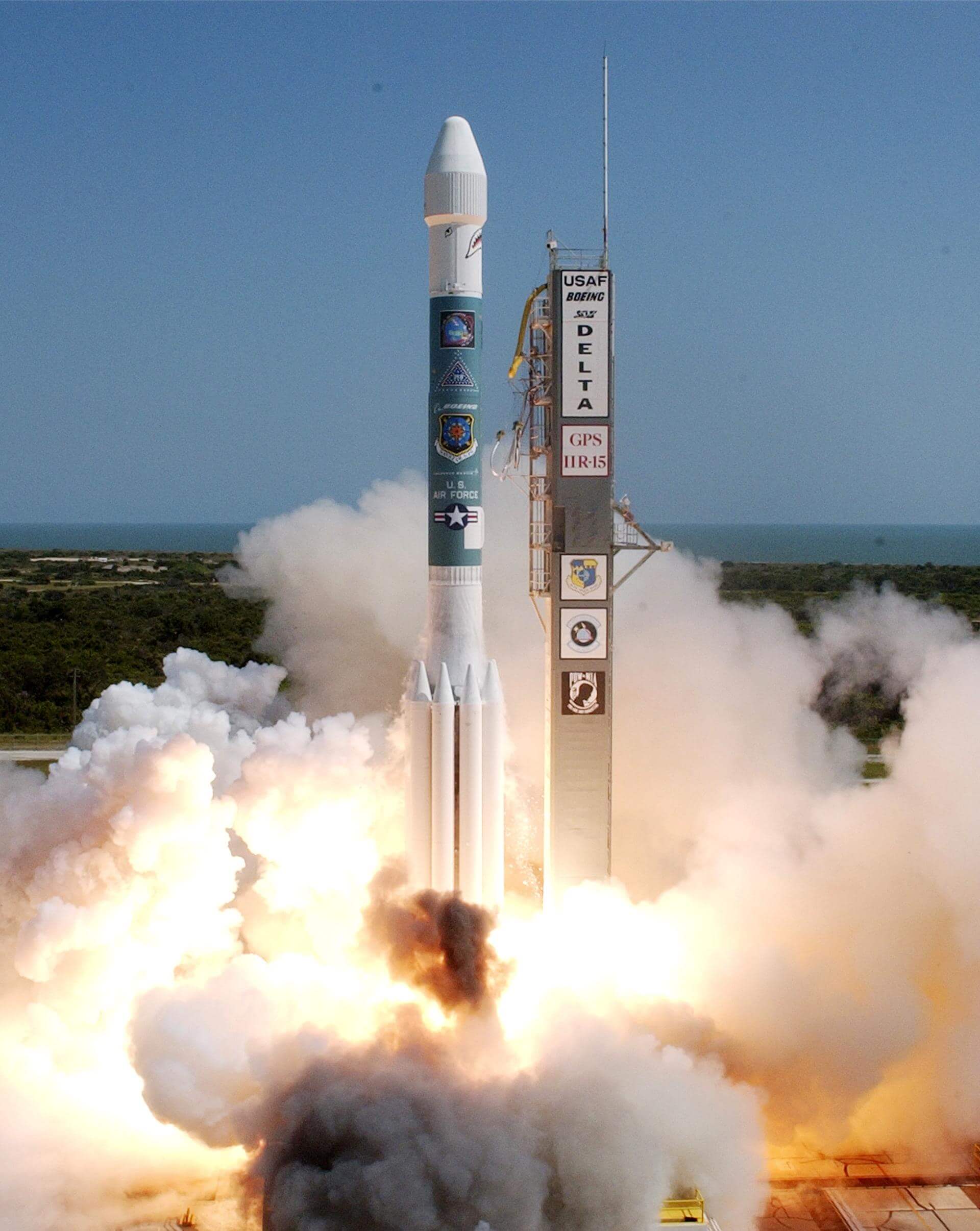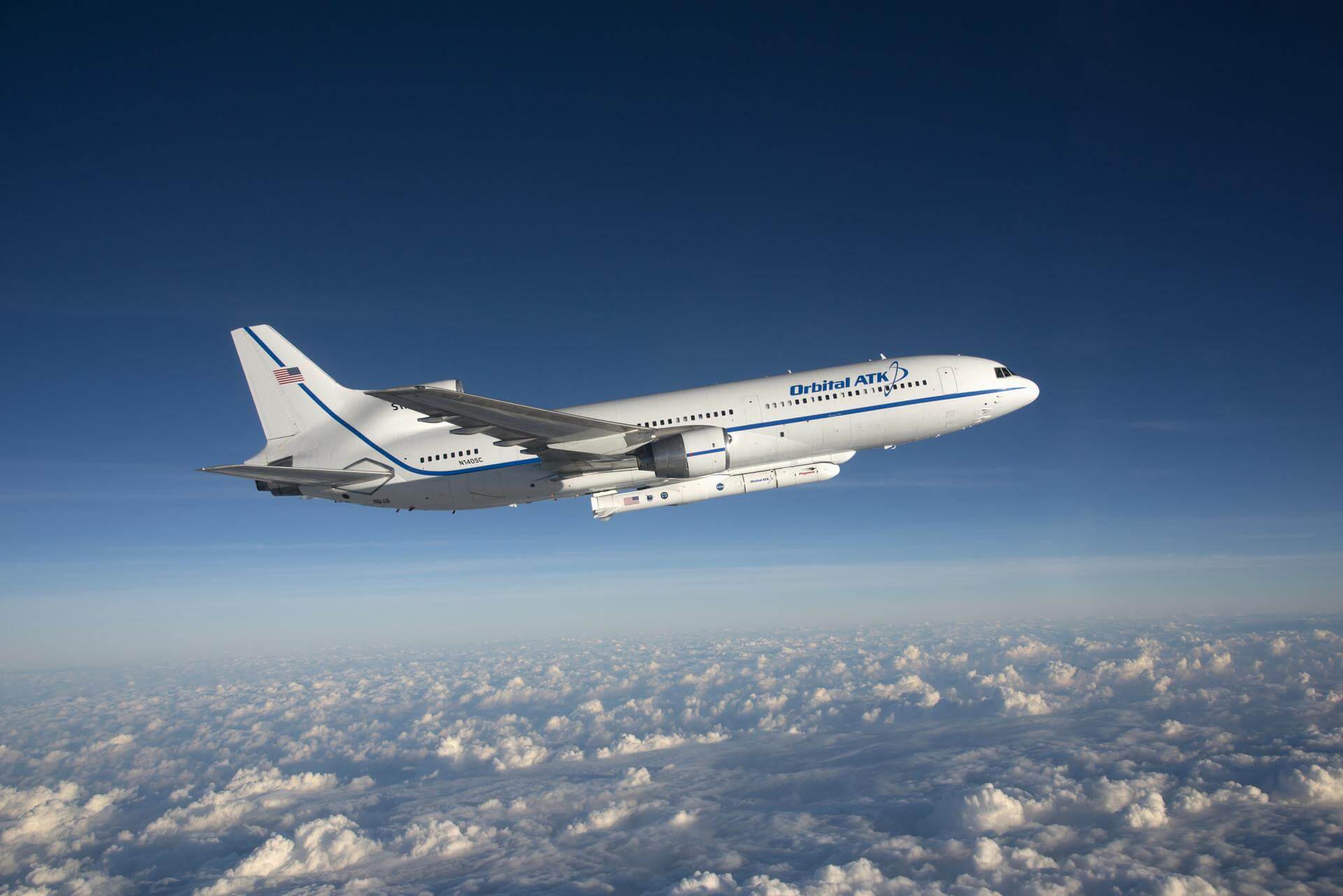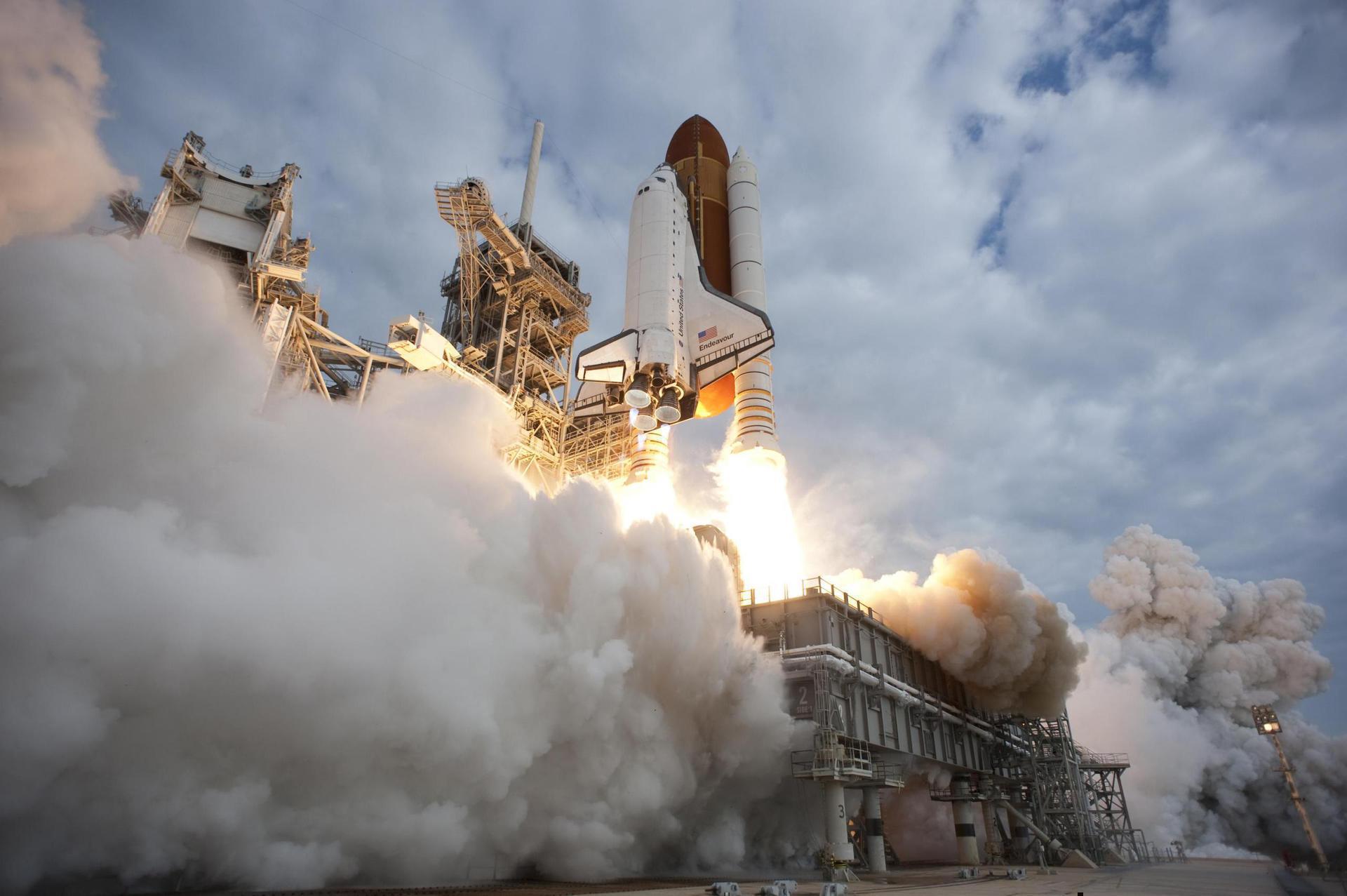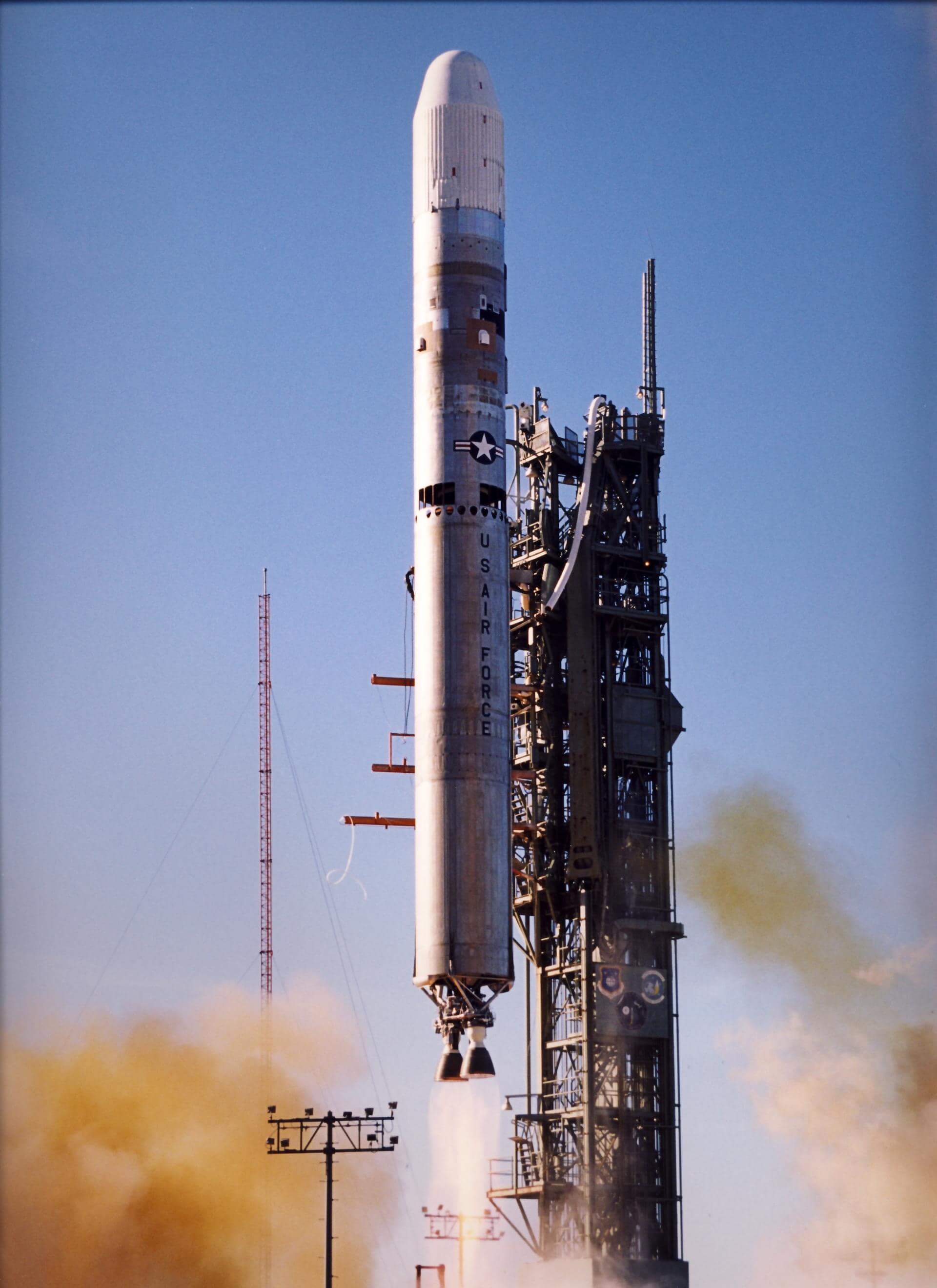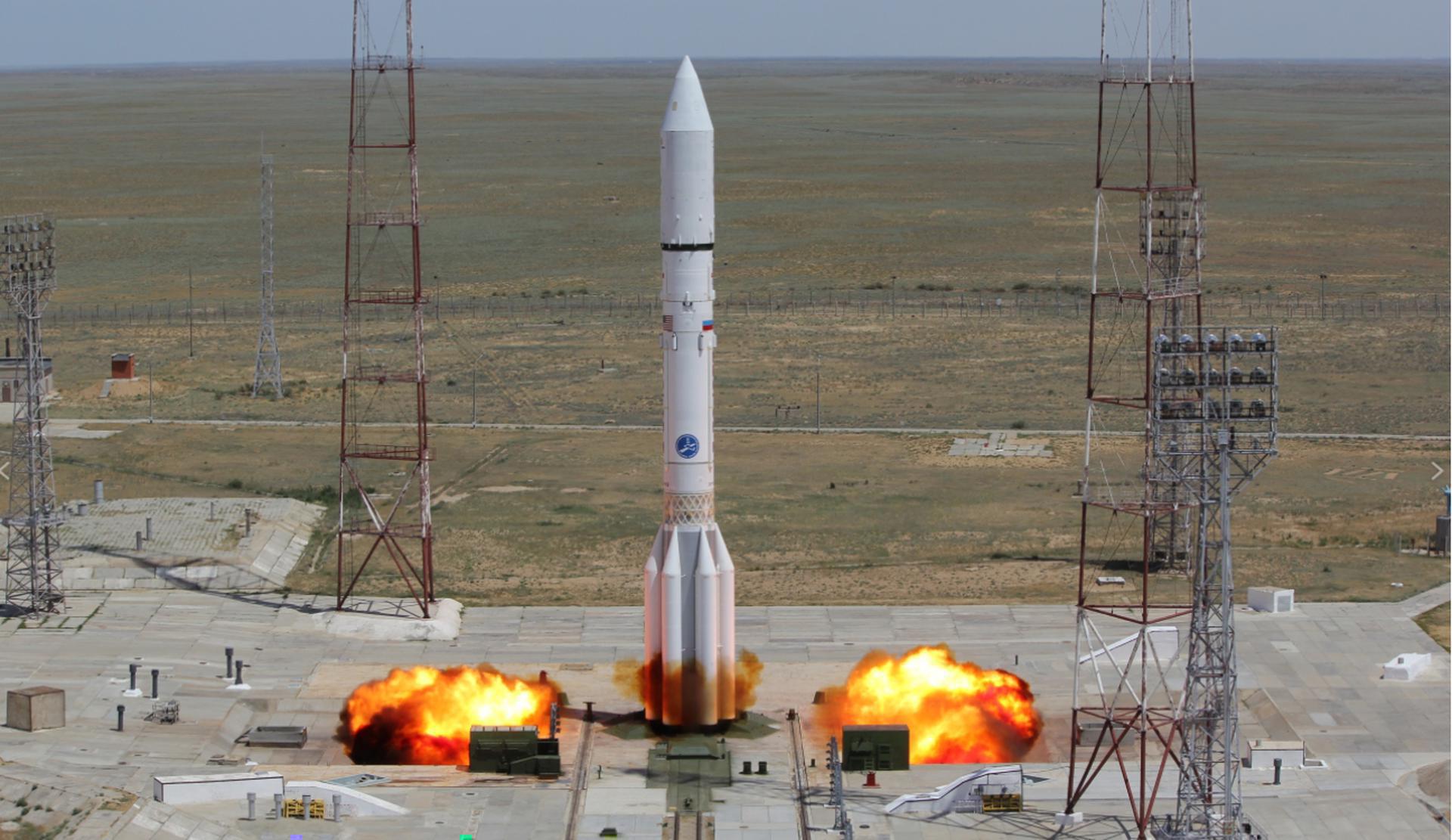Previous Spaceflight Launches
Filter by Agency, Locations or Vehicles
Show All LaunchesDelta IV M | DSCS III A-3
United Launch Alliance | United States of AmericaCape Canaveral SFS, FL, USA
March 11, 2003, 12:59 a.m.
Status: Launch Successful
Mission:
The U.S. Air Force Space Command operates 10 Phase III DSCS satellites providing defense officials and battlefield commanders secure voice and high rate data communications. The DSCS III system also transmits space operations and early warning data to various systems and users.
Geostationary Transfer OrbitAriane 44L | INTELSAT 907
Aérospatiale | FranceGuiana Space Centre, French Guiana
Feb. 15, 2003, 7 a.m.
Soyuz U | Progress M-47
Russian Federal Space Agency (ROSCOSMOS) | RussiaBaikonur Cosmodrome, Republic of Kazakhstan
Feb. 2, 2003, 12:59 p.m.
Delta II | GPS IIR-8
United Launch Alliance | United States of AmericaCape Canaveral SFS, FL, USA
Jan. 29, 2003, 6:06 p.m.
Status: Launch Successful
Mission:
USA-166, also known as GPS IIR-8 and GPS SVN-56, is an American navigation satellite which forms part of the Global Positioning System. It was the eighth Block IIR GPS satellite to be launched, out of thirteen in the original configuration, and twenty one overall.
Medium Earth OrbitPegasus XL | Solar Radiation and Climate Experiment (SORCE)
Orbital Sciences Corporation | United States of AmericaAir launch to orbit
Jan. 25, 2003, 8:13 p.m.
Space Shuttle Columbia / OV-102 | STS-107
National Aeronautics and Space Administration | United States of AmericaKennedy Space Center, FL, USA
Jan. 16, 2003, 3:39 p.m.
Status: Launch Failure
Mission:
STS-107 was the 113th flight of the Space Shuttle program, and the disastrous final flight of Space Shuttle Columbia. The mission launched from Kennedy Space Center in Florida on January 16, 2003, and during its 15 days, 22 hours, 20 minutes, 32 seconds in orbit conducted a multitude of international scientific experiments.
Low Earth OrbitDelta II | Icesat
United Launch Alliance | United States of AmericaVandenberg SFB, CA, USA
Jan. 13, 2003, 12:45 a.m.
Titan II SLV | Coriolis
Lockheed Martin | United States of AmericaVandenberg SFB, CA, USA
Jan. 6, 2003, 2:19 p.m.
Status: Launch Successful
Mission:
The Coriolis / Windsat / SMEI three-year mission will provide Defense Department and National Oceanic and Atmospheric Administration (NOAA) weather data users with important ocean wind and solar wind measurements -- improving forecasting around the globe while building important knowledge that will be used in developing the next generation of Polar-orbiting environmental satellites.
Sun-Synchronous OrbitProton-M Briz-M | Nimiq 2
Khrunichev State Research and Production Space Center | RussiaBaikonur Cosmodrome, Republic of Kazakhstan
Dec. 29, 2002, 11:16 p.m.
Long March 2F | Shenzhou-4
China Aerospace Science and Technology Corporation | ChinaJiuquan Satellite Launch Center, People's Republic of China
Dec. 29, 2002, 4:40 p.m.
Status: Launch Successful
Mission:
Fourth and final test flight of the Shenzhou spacecraft, without crew on board. The spacecraft was flown in the same configuration as a crew-carrying mission, and as such two dummy astronauts were carried on board, as are sleeping bags, food and medication. The control systems were fitted with ability for manual control and emergency landing. The windows were constructed of a new material that was designed to stay clear even after reentry to allow an astronaut to confirm that the parachutes have deployed properly. The spacecraft carried 100 peony seeds to investigate the effect of weightlessness on plants grown from them. The 52 experiments onboard investigated areas in physics, biology, medicine, earth observation, material science, and astronomy.
Low Earth Orbit